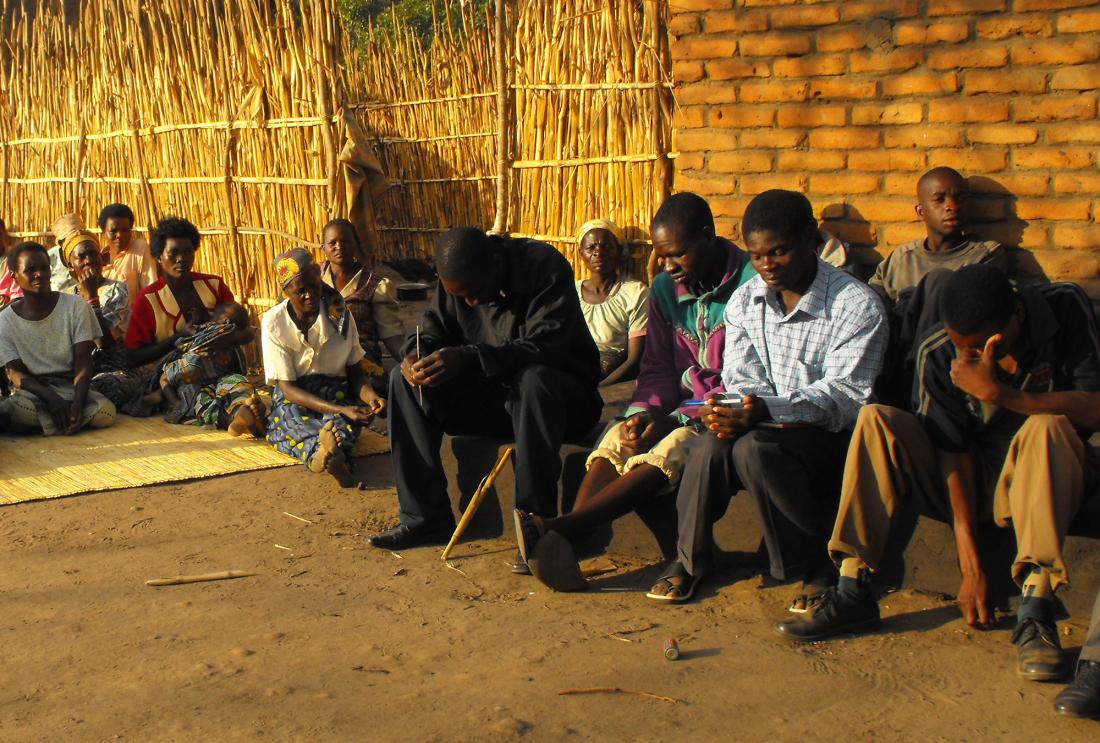Evaluating Village Savings and Loans Associations in Malawi
- Rural population
- Women and girls
- Earnings and income
- Empowerment
- Credit balance/repayment
- Savings/deposits
- Credit
- Savings
- Social networks
Policy issue
Although during the last decades microfinance institutions have provided millions of people access to financial services, provision of access in rural areas remains a major challenge. It is costly for microfinance organizations to reach the rural poor, and as a consequence the great majority of them lack any access to formal financial services. Traditional community methods of saving, such as the rotating savings and credit associations called ROSCAs, can provide an opportunity to save, but they do not allow savers to earn interest on their deposits as a formal account would. In addition, ROSCAs do not provide a means for borrowing at will because though each member makes a regular deposit to the common fund, only one lottery-selected member is able to keep the proceeds from each meeting.
Village Savings and Loan Associations (VSLAs) attempt to overcome the difficulties of offering credit to the rural poor by building on a ROSCA model to create groups of people who can pool their savings in order to have a source of lending funds. Members make savings contributions to the pool, and can also borrow from it. As a self-sustainable and self-replicating mechanism, VSLAs have the potential to bring access to more remote areas, but the impact of these groups on access to credit, savings and assets, income, food security, consumption education, and empowerment is not yet known. Moreover, it is not known whether VSLAs will be dominated by wealthier community members, simply shifting the ways in which people borrow rather than providing financial access to new populations.
Context of the evaluation
The Village Savings and Loans program in this study is implemented in rural communities in the Mzimba, Zomba, Mchinji and Lilongwe districts in Malawi. Community members in these four districts are predominantly engaged in agricultural activities. With little access to formal financial institutions, these small farmers do not have the opportunity to invest in agricultural inputs like fertilizer that could increase their income.

Details of the intervention
Three hundred eighty villages were selected to participate in this study and randomly assigned to a treatment or comparison group. Half of the villages in the treatment group were introduced to the VSLA model by field officers trained by CARE and its local implementing partners. Local village agents were subsequently selected from each village and trained to replicate the VSLA training in a second village in the treatment group.
Field officers and local village agents present the model to villagers at public meetings. Those interested in participating are invited to form groups averaging about twenty and receive training. These groups, comprised mostly of women, meet on a regular basis, as decided by members, to make savings contributions to a common pool. At each meeting, members can request a loan from the group to be repaid with interest. This lending feature makes the VSLA a type of Accumulating Savings and Credit Association (ASCA) providing a group-based source of both credit and savings accumulation. CARE’s VSLA model also introduces an emergency fund, allowing members to borrow money for urgent expenses without having to sell productive assets or cut essential expenses such as meals.
This study will assess the impact of VSLA trainings and group membership on access to credit, savings and assets, income, food security, consumption education, and empowerment.
Results and policy lessons
Results forthcoming.
